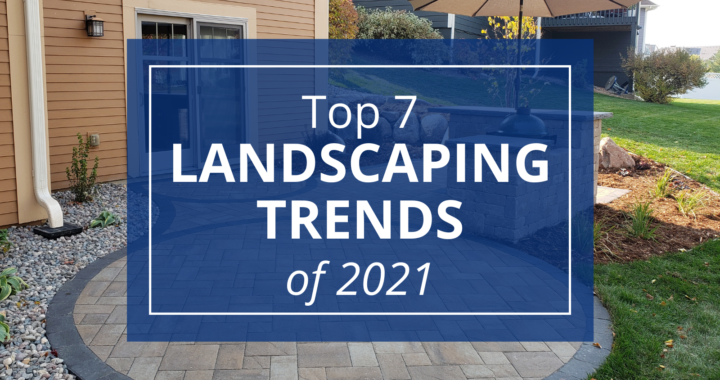While your yard may be covered in snow right now, it’s never too early to start planning your spring and summer landscaping projects. To inspire you and get your planning off to a good start, we’ve compiled a list of our top landscaping trends for 2021.
Many of these trends have been rising in popularity over the past year—strongly influenced by how much time we’re spending at home due to the COVID-19 pandemic—and we expect them to continue throughout 2021. This year, we expect there will be a continued focus on environmentally-conscious gardening, using our outdoor spaces more, and low-maintenance, high-reward gardens. Pantone’s colors of the year could make a star appearance in our landscaping designs as well. Read on to fuel your imagination for what is possible in your outdoor spaces this year.
1. Native Plants
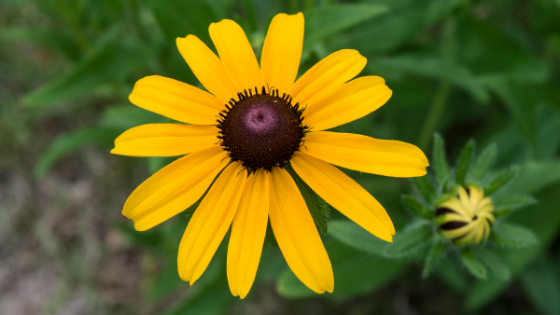
More and more people are choosing native plants for their gardens each year. Because they’ve had hundreds of years to adapt to the surrounding environment, native plants are more likely to tolerate the weather conditions specific to your area. That means you’ll have better-looking gardens with less work on your part.
Because they are so hardy, native plants lend themselves extremely well to a low-maintenance landscape. If you want a beautiful garden without hours and hours of work, native plants can help you achieve that. If you’re unsure of what plants would be considered native to your neck of the woods, contact the pros at McDonough for help!
2. Natural Pest Control
In addition to native plants, consider implementing other naturalistic elements into your landscaping as well, such as plants that deter pests. These include aromatic plants such as lavender, lilac, allium, citronella, marigolds, lemon balm, basil, and catnip. These plants can help deter mosquitos (especially citronella), deer, and other critters who are otherwise likely to either devour your plants or bother you while you’re enjoying your yard. For an additional deer deterrent, try planting something thorny or prickly around the edges of your yard. A perimeter of roses, for instance, can provide a prickly barrier for deer as well as beautiful blooms throughout the summer.
3. Pollinator Gardens
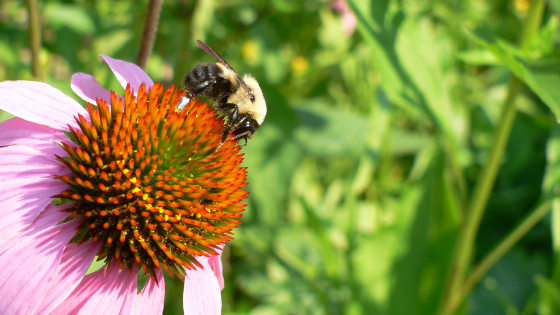
Choosing native plants and natural pest control options is better for pollinators like bees, butterflies, and hummingbirds, who we rely on to keep our food system functioning. Many gardeners are going even further to care for pollinators by planting pollinator gardens. A pollinator garden can be as small as a few containers of pollinator-friendly plants on your porch or as large as converting your entire lawn into a pollinator oasis, depending on your space and your other landscaping aspirations.
A successful pollinator garden includes a diverse group of native plants to attract a variety of pollinators, including:
- Flowering plants like wild geranium, lupine and sunflowers
- Trees and shrubs like hawthorne and pussy willow
- Fruit and vegetable plants like tomatoes
And don’t forget to add a few leafy plants for your friendly neighborhood caterpillars! For a more extensive list of pollinator-friendly plants and tips for creating a pollinator garden, check out the University of Minnesota Extension’s website here.
4. Eco-Friendly Watering
Another growing trend among home gardeners is using smart technology to improve irrigation and conserve water. Subsurface irrigation systems with smart controllers are becoming more and more popular. These systems allow you to preset a maximum flow for your specific garden zone, taking the hassle out of your watering routine. More efficient watering means a cheaper water bill as well—it’s a win-win.
But if a smart irrigation system isn’t in your budget, you still have options to help you conserve water while keeping your gardens looking lush and beautiful. Try using a rain barrel placed beneath a gutter or downspout to collect rainwater and minimize stormwater runoff. The water you collect can be used to water your lawn and gardens, or even to do household chores like washing your car.
5. Creating a Backyard Oasis
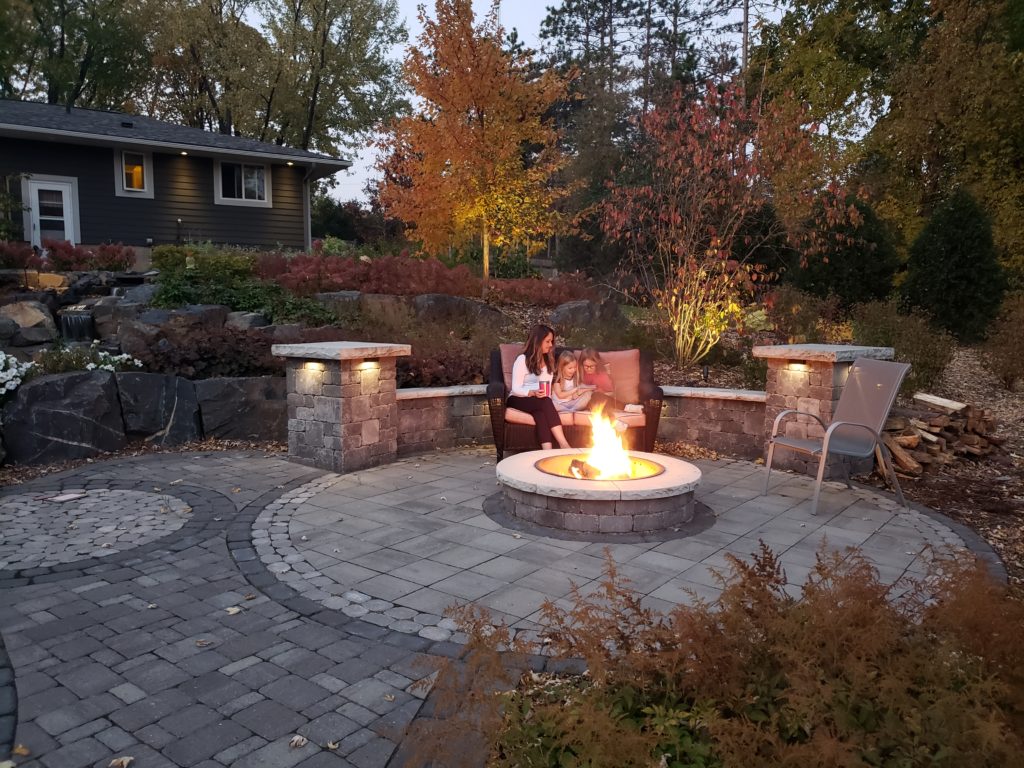
With all of the time many of us have spent at home this year, our backyards have been in greater use than ever before. This year, many homeowners chose to reinvent their yards, turning them into additional living space—extending their living rooms or kitchens into their outdoor spaces.
Consider adding an outdoor kitchen, fire pit, plush lounge furniture, or even an outdoor TV or other form of entertainment to create comfortable outdoor living spaces. Or, if you’re in need of a more secluded space to relax, try transforming a corner of your yard into a private slice of heaven with natural hedges for privacy, comfortable seating, lush plants, and a water feature for ultimate serenity.
6. Monochromatic Gardens
White gardens—with dazzling white flowers and matching white furniture—have quickly grown in popularity this year. If you go this route, choose a dark backdrop of varying foliage for your white flowers, and include a variety of shapes and sizes of furniture to create a more eye-catching display.
If white isn’t your color, you could create a similarly stunning look with just about any color you choose. Pantone’s color of the year for 2020 was blue, so blue gardens were in style this year as well. For 2021’s color of the year, you’ll have two options: Ultimate Gray and a bright yellow they call “Illuminating”. Sunny yellows are a beautiful addition to any landscape, and would make a lovely monochromatic garden as well. If you’re a fan of gray, you can incorporate it into your outdoor spaces using gray patio paving, fence paint, gravel, or garden paths.
7. Small Space Gardening
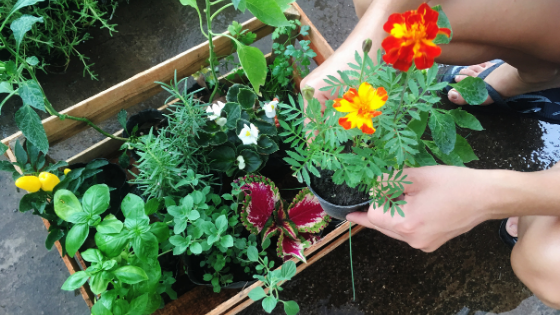
If you only have a small yard, balcony, or windowsills to work with, you can still brighten your space with plants. Here are a few ideas:
- Vertical Gardens: If you’re short on horizontal space, try vertical gardening! In this style of gardening, plants are grown in a vertical frame against a wall of your home. Plants like succulents, honeysuckle, ivy, and lemon balm do very well when grown like this.
- Tiny Gardens: Make the most of the space you have by using plants and accessories to make your space look bigger than it is. Use clear pathways and borders to create zones or outdoor rooms, try a vertical garden, or display potted plants in varying sizes.
- Balcony Gardens: Even apartment-dwellers can get in on the gardening action with balcony gardening. Make your balcony come alive with container-grown plants that look and smell beautiful like jasmine, lavender, foxglove, eucalyptus, and peace lilies.
- Windowsill Gardening: Windowsill gardens are another option for those without a yard to work with. This is a great way to grow herbs or other plants you can use in your cooking, like kale, pea shoots, onions, or spinach. Or opt for beautiful blooms to brighten your home both inside and out.
Whether you grow a few plants in your windowsills or create a beautifully landscaped oasis in your yard, there is a rising trend to inspire your gardening this year. Why not take some time during these cold winter evenings to plan ahead for your summer gardens?
Want help planning your next landscaping project? Contact McDonough Landscaping today to get on our spring calendar!

